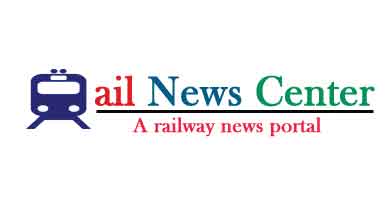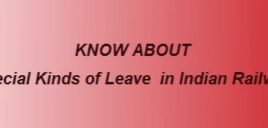What are the systems of semaphore signalling used by IR?
July 14, 2019
In IR's lower quadrant system (Two-aspect Lower Quadrant) the semaphore arm can only be in two positions. The horizontal on position shows the most restrictive indication (requiring the train to stop or slow down or proceed with caution depending on the kind of signal), and a lowered position where the semaphore arm is at about 60 degrees or more
Read More
What types of signalling systems are used on IR?
July 14, 2019
R uses several forms of signalling. In IR manuals reference is made usually only to 4 main types of systems, Lower Quadrant semaphore, Modified Lower Quadrant semaphore, Multiple Aspect Upper Quadrant semaphore, and multiple-aspect colour-light signalling. But in practice there are some variations in the kinds of colour-light signalling seen, so
Read More
What kinds of signals (semaphores, lamps, etc.) does IR use?
July 14, 2019
IR uses several kinds of signals. Semaphore signals have generally given way to colour-light signals although there are still many places with semaphore signalling in use. Semaphore signals are the older style signals seen widely throughout the country, where each signal has an assembly with an arm mounted on a mast, where the arm can move
Read More











